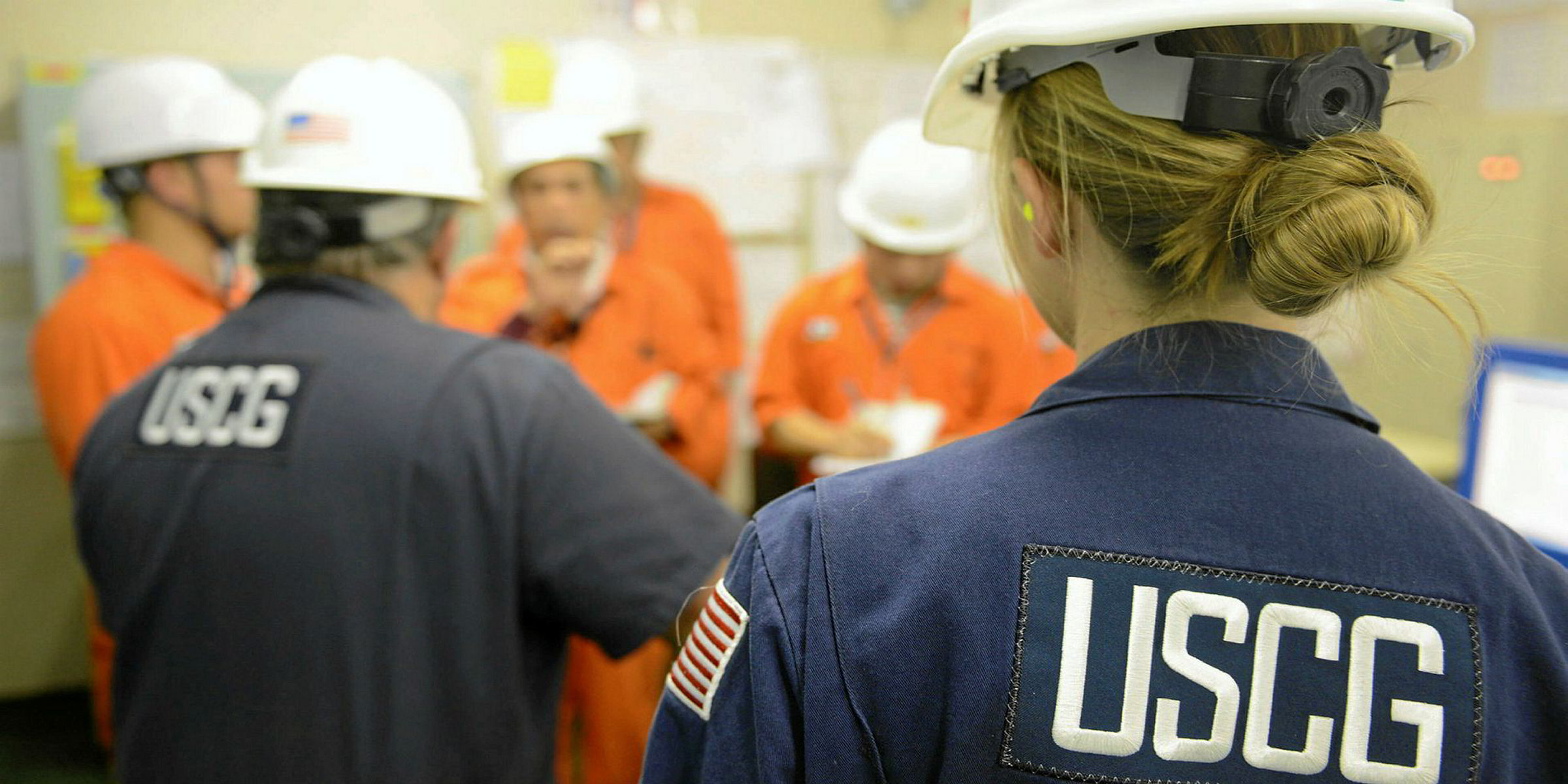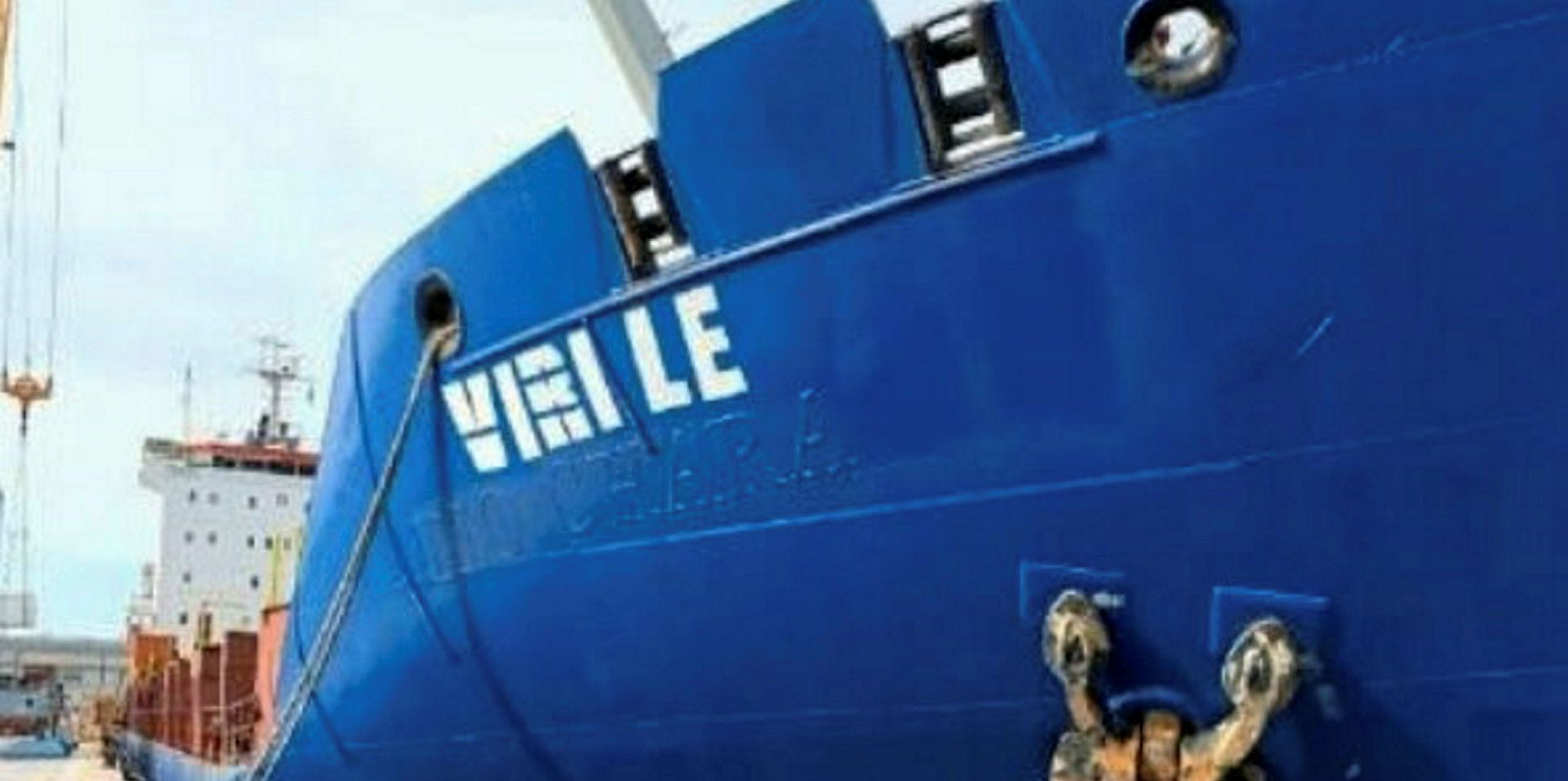Improvements in maritime safety over the past three decades can, to a large extent, be credited to the increased transparency of port state control (PSC) inspection data. At a basic level, it has made shipowners improve standards to pass inspections and earn higher ratings in the charter market.
By maintaining a pristine safety profile, owners can avoid inspection and delay at ports, and earn even more stars from charterers.
PSC results have been a principal data source for vetting services such as RightShip to identify the quality owners and managers and help separate out the cowboys.
They have also provided a rating tool for classification societies, flag states, financiers, insurers and other sectors of the industry.
Hundreds of commercial decisions and safety evaluations are made every day on the basis that the PSC data is accurate. But evidence has emerged that it is actually fundamentally flawed.
False impression of safety record
According to information provided to the IMO, there are 7,000 cases on record of ships being saddled with detentions that simply never happened.
It is a basic problem of duplication of data that, amazingly, no one has been able to get to grips with.
Countries such as France, Russia and Australia that are members of two PSC regional authorities (also known as MOUs) report detentions and deficiencies to both.
The MOUs in turn report the detentions to the central database, Equasis, and the vessel incorrectly appears as being detained in two separate PSC regions at the same time. Here is an example.
The 43,400-dwt bulker Venture Luck (built 2015) was detained in Fremantle, Western Australia, in August 2017. It was reported by the Australian PSC authority to the Tokyo MOU as well as the Indian Ocean MOU, then reported by both regional authorities to Equasis.
Hundreds of commercial decisions and safety evaluations are made every day on the basis that the PSC data is accurate. But evidence has emerged that it is actually fundamentally flawed
The vessel appears as detained in both MOUs as a double entry in the database.
In a paper to the IMO last year, Equasis admitted the problem and the commercial consequences. It said the double entry “results in over-reporting of detentions and has resulted in a false impression of the safety record of a particular ship, with a potential financial impact for that ship”.
The International Chamber of Shipping, which represents shipowners round the world, has been asking the IMO to help do something about it, because its members are suffering. In a paper presented to the IMO, the chamber said the duplication problem “can provide the wrong impression regarding the performance of a particular ship and, therefore, lead to serious commercial consequences for shipowners and operators in all sectors and trades, while also negatively affecting the effective deployment of PSC resources”.
So why won’t anybody do something about it? Actually, Equasis has. Late last year, it brought in what it called an “interim solution”. Entries from both MOUs are still displayed on its website, but the detention is credited to only one of them.
But it appears to many observers that the basic problem of a double entry still remains. Equasis says it is bound by the terms of contract under which it receives the data from regional authorities and cannot do anything more about it. The regional MOUs say it is not their problem.
Not on the agenda
A meeting this week of the Subcommittee on Implementation of IMO Instruments, which brings together flag, port and coastal states, would provide the platform to bang heads together and come to a solution.
Only it is not even on the agenda. Instead, the issue has been palmed off into an IMO PSC workshop, which will not convene until 2020. Even then, the main issue to be discussed will be illegal and unreported fishing; the PSC problems are not likely to get much discussion time.
But it is critical that this problem is sorted out quickly. Accurate PSC data is essential for shipping to maintain its safety record and to make sure it is fair to all.





